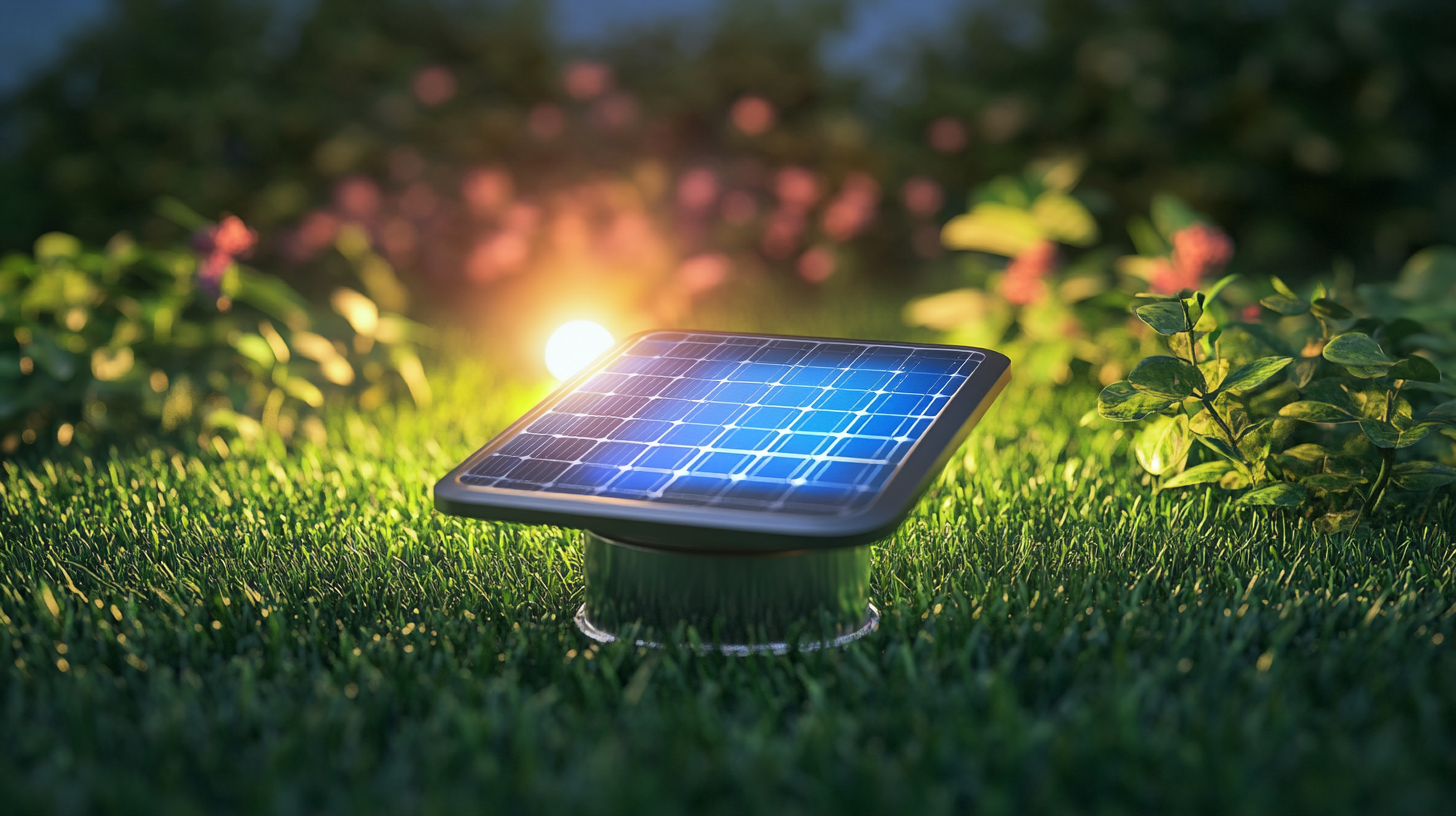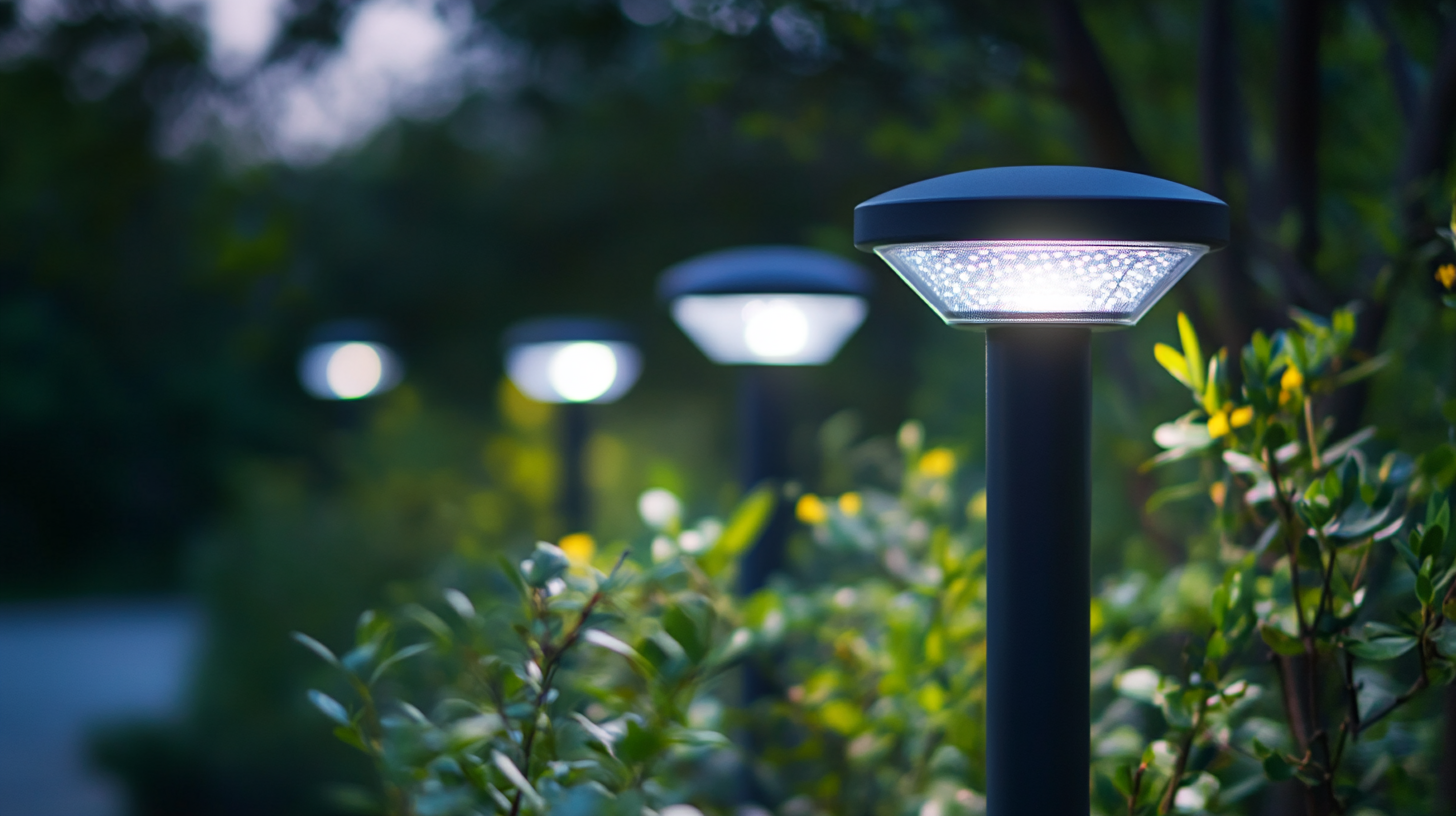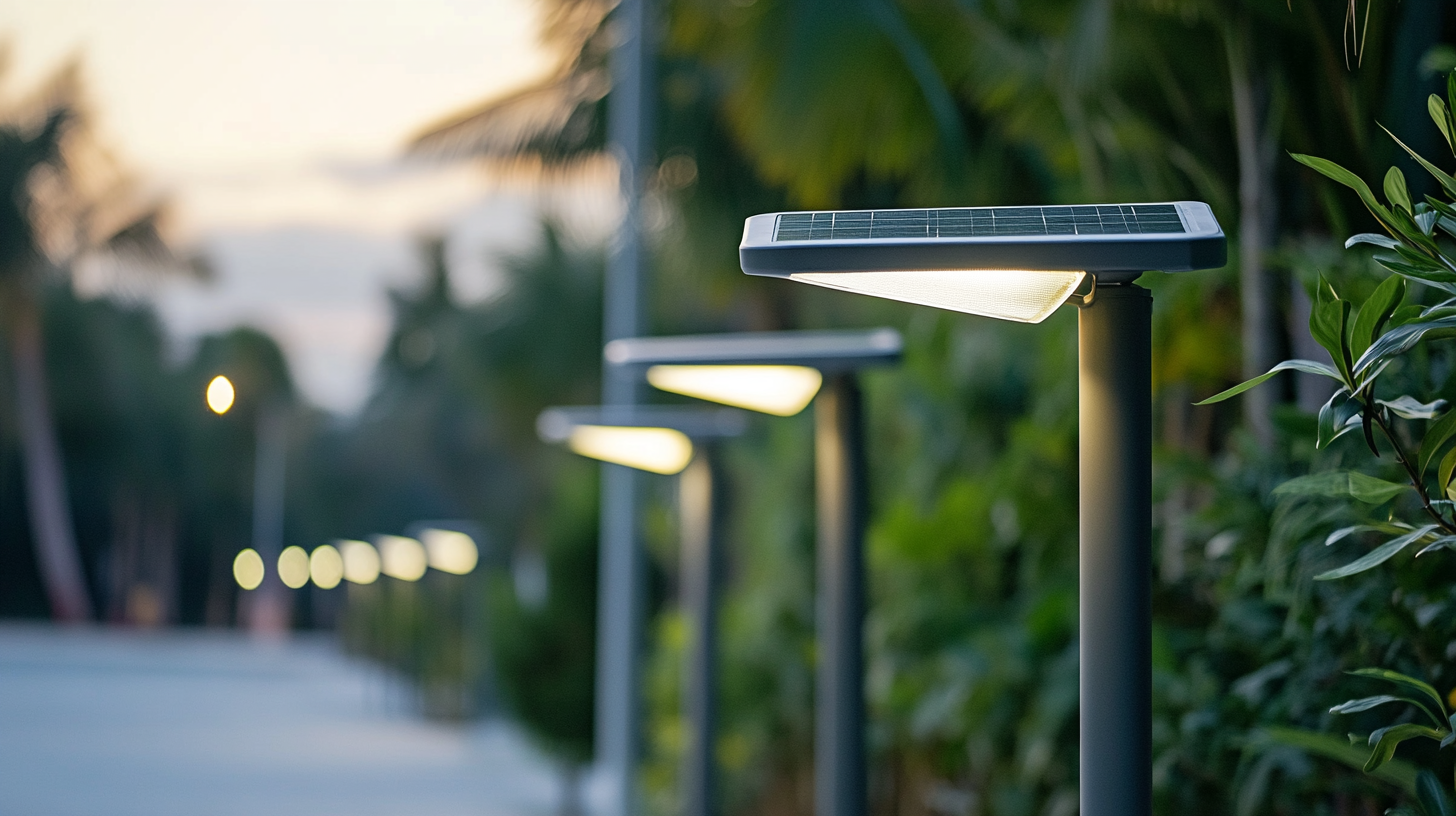Future of Solar Lighting Market Insights for Global Buyers and How to Optimize Your Procurement Strategy
The market for solar lighting lends itself to inexorable growth as global consumers become more keen on making brighter choices for their sustainable lighting needs- ones that don't end up costing an arm and a leg. As innovations in technology and the increasing importance of renewable energy continue to reshape the landscape, solar lighting would, however, emerge to be also much more than just an eco-friendly alternative- it will actually become quite the choice option for all types of applications, whether in homes or businesses. Considering that the appetite towards energy-efficient products increases, it becomes important for the buyers to understand and grasp trends and dynamics of the solar lighting market.
In this blog entry, we will examine the current trends regarding the solar lighting market and some key insights that will help assist global buyers in their decision-making process. We will also study the factors that drive market growth such as technological innovations, policy support, and changing consumer behavior. As a last thing, we will make strategic recommendations about how buyers can best manage and make their way through this changing environment, thereby not only improving their sustainability but also reducing costs.

Emerging Trends Shaping the Solar Lighting Market for 2024 and Beyond
The solar lighting market has become an area of growth in the very near future due to technological advancements and awareness towards sustainable energy solutions. As per a recent report on the solar lighting market published by Grand View Research, it was estimated that the global solar lighting market would reach USD 8.9 billion by 2025, with a CAGR of 18.3%. This trend is mainly led by the establishment of new government initiatives for promoting renewable energy sources and the development of smart city infrastructure capabilities using solar lighting solutions. Emerging trends in the market will somewhat influence procurement strategies for buyers worldwide. One of these is the use of IoT technology in solar lighting systems. Reportedly, smart solar lamps with connectivity features will gain visibility as an ability for remote monitoring and control according to Market Research Future. This means better energy management and convenience for users hence; this helps optimize operational efficiencies for enterprises that capitalize on solar lighting. Besides, advancements in solar conversion efficiencies and energy storage tech are enabling solar lighting products to last longer and perform reliably. The National Renewable Energy Laboratory went on to qualify that recent developments in photovoltaic technology have increased their energy-harnessing rates to above 22%, which makes solar lighting much more prospective. For global buyers, following these trends would help greatly in choosing quality products with long-term performance capabilities that align with sustainability.

Key Benefits of Solar Lighting Solutions for Global Buyers
The demand for solar-powered light sources is increasing with great strides in the international market, given the dual demand of sustainability and cost-effectiveness. The International Renewable Energy Agency (IRENA) is predicting that the global solar market is anticipated to grow above 20% annually, among which solar lighting constitutes an area of fast growth. The kindness for this growth is the advancement in technology and legislation backing renewable energy, which presents solar lighting as an attractive investment on the part of the business and municipality.
Foremost among the myriad benefits of solar lighting solutions is savings in operational costs. A report by Grand View Research states that solar street lighting can reduce energy costs by up to 70% compared with conventional lighting systems. Additionally, reduced maintenance costs related to the long service life of solar products add to their economic efficiency. Global buyers can ensure that they take full advantage of such savings by optimizing the way they procure these systems, buying from the manufacturers offering quality solutions with long warranties and proven performance.
Another major benefit is environmental impact. According to the World Bank, solar lighting could cut carbon emissions by some 200 million tons every year by 2030. In this way, solar solutions become an integral part of the corporate social responsibility strategy for global buyers. These buyers gain an improved sustainability profile by incorporating solar lighting and resonate with consumers who are increasingly inclined toward green consumption. These key advantages will help enhance market understanding, equipping procurement professionals with informed decisions for economic value and social benefit.

Strategies for Effective Procurement in the Solar Lighting Sector
The pace of development in the solar lighting industry has dictated that effective procurement strategies be put in place among buyers around the world who would want to benefit from the emerging trends in renewable energy. According to a report published by ResearchAndMarkets, the global market for solar lighting has a projected value of US$ 12 billion with an average annual growth rate of 18.4% between 2021 and 2027. This would imply that there is a lot to consider before implementing reasonable purchasing considerations in companies hoping to achieve their objectives optimally by investing in solar lighting technologies.
A major strategy in the procurement process is the establishment of close partnerships with trustworthy suppliers. Such suppliers promote openness in data accessibility with regard to prices, product performance, and sustainability practices and thereby enhance the procurement process. Buyers should consider partnering with manufacturers proven with a good record of innovation and quality assurance. This practice will lead not only to better products but also long-term sustainability goals.
There is also the application of advanced procurement tools to help make the purchase easy and beneficial. These include artificial intelligence and blockchain technologies for better data accuracy combined with supply chain transparency. McKinsey reports that such companies manage digital procurement strategies usually tend to be cost-efficient by as much as 30%. Businesses using such tools can thus optimize their supply chains in the solar lighting market to meet product delivery and regulations.
Furthermore, keeping track of market trends through continuous research with regard to markets will make a difference. According to the Business Research Company report, urban areas capitalize on solar-powered solutions giving rise to energy efficiency and, as well, sustainability. Such trends unfold in the outlook of global buyers in attuning themselves to the market changes in their procurement strategies so as to meet needs of fast consumers and avail themselves to newly emerging trends in the solar lighting world.

Evaluating Sustainable Suppliers: What Buyers Need to Know
Buyers in the solar lighting market should begin prioritizing the evaluation of their suppliers on the basis of environmental practices as awareness of sustainability in the world grows. Suppliers that are sustainable adhere to a company’s ethical code and enhance the brand image in an environment-conscious market. Buyers should first examine the supplier's sourcing manner, ensuring that raw materials are sourced responsibly with least environmental impact. Sourcing transparency is essential, as this will reflect the supplier’s commitment toward sustainability.
In addition, buyers should put to the test suppliers' product lifecycle assessments with an eye toward durability, energy efficiency, or the ability to be recycled after their lifetime. Sellers that provide life-cycle assessments coupled with designations for clear and just sustainability can help inform buyers' choices to realize their corporate social responsibility objectives. Working with suppliers that employ innovative technology within the production framework can support a focus in the same direction in terms of efficiency and carbon footprint reduction.
A sustainable supplier-partner will lay the groundwork for a win-win partnership. This should encourage co-innovation and collaboration in the areas of developing new products with increased energy efficiency and waste minimization. This position will further reinforce integrating sustainable procurement into the activities, therefore supporting environmental goals and maximizing their presence in the competitive solar lighting market.
Future Innovations in Solar Lighting Technologies and Their Impact on Procurement
With major innovations expected in the future, it is believed that solar lighting technology could alter procurement strategies of international buyers. While the world turns to sustainable alternatives in combating climate change, the need for advancements and developments in the solar-powered solutions domain is becoming very paramount. The recent introduction of home solar chargers in Spain is a perfect illustration of how solar technologies are integrating into daily life, enhancing energy autonomy while reducing dependence on traditional power sources.
In a few instances, new-age technologies offer high-efficiency organic photovoltaic materials that could upgrade solar application towards greater efficiency. These innovations disrupt old processes of manufacture and create new routes unintended for procurement in the solar lighting industry. Wise buyers should keep their ear to the ground, as these rapidly evolving solutions cannot only lower carbon footprints but also save consumers a load in their energy expenditures.
Moreover, partnerships like the one providing auxiliary support for distributed solar projects across several regions reflect the growing trend of engaging internal infrastructures with renewable energy resources. Buyers, armed with knowledge regarding such technological advancements, can exploit innovative partnerships that incorporate solar lighting new generation technologies in their procurement strategies. Adopting these new technologies will support the enhancement of operational efficiency while aligning procurement with broader sustainability and environmental responsibility goals.
